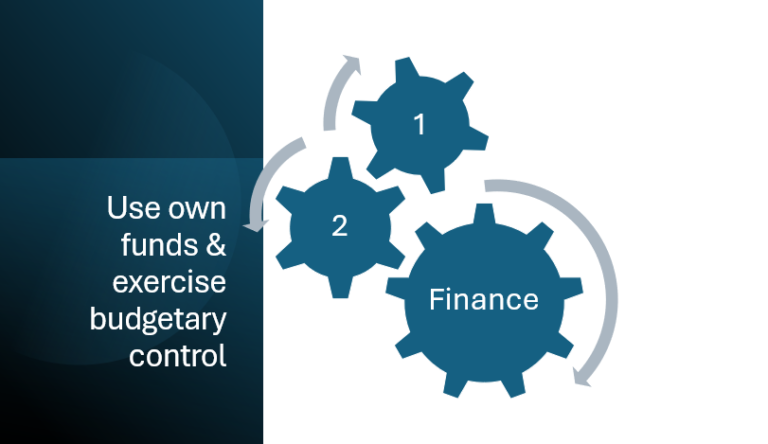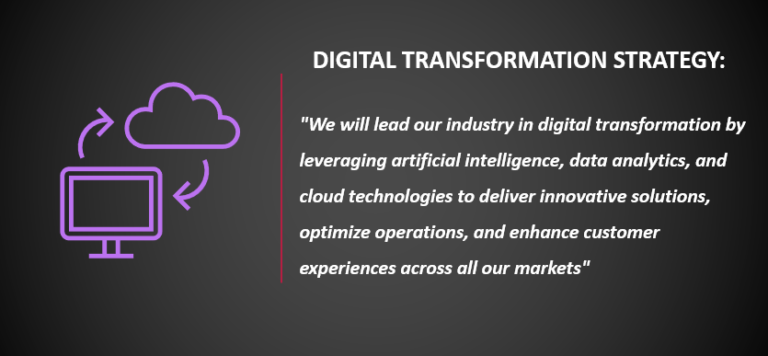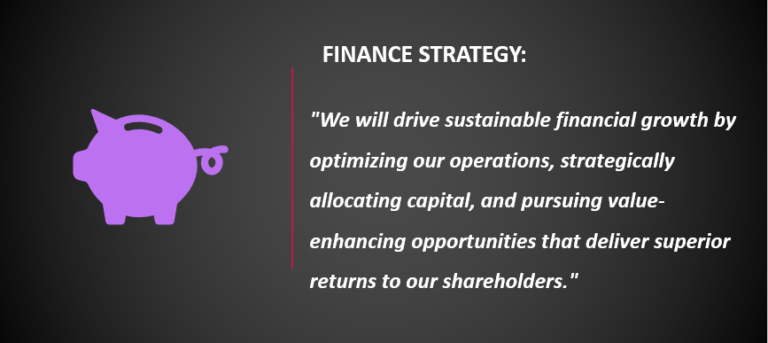In the ever-evolving landscape of business, strategy serves as the compass that guides organizations toward their goals.
At its core, strategy is more than just a plan—it’s a comprehensive framework that aligns a company’s vision with actionable steps, allowing it to navigate challenges and seize opportunities. Whether you’re a startup aiming to carve out a niche or an established corporation looking to stay ahead of the curve, understanding and implementing effective strategies is crucial for sustained success
In this blog, we’ll explore the multifaceted nature of strategy, unravelling how deliberate planning and smart decision-making can drive growth and innovation in today’s competitive environment. Here we will also try to understand a few sophisticated definitions of strategy and how it is used by business to achieve its long-term vision.
A textbook definition of the word “Strategy” may refer to a combination of the ‘Roadmap’ and ‘Key Milestones’ for achieving a long-term vision.

Here are a few more examples you can define “Strategy” with: Business Strategy is a long-term plan for achieving specific goals or objectives. It entails making conscious choices about where and how to compete in selected arenas.
Apple Inc. Strategy
Example: The beginning point of Apple’s strategic approach has always been based on Innovation and User Experience at premium levels. During the early part of the decade, Apple decided to make an ecosystem that was seamless for its devices and services. This was illustrated by the introduction of iPods iPhones and iTunes complementing software hardware and digital content integration. Therefore, it had a unique offering compared to other sellers since its core competence became unique combination of both hardware and software product development as well as marketing skills. Through this approach, it became possible for Apple to dominate the market for consumer goods while creating very loyal customer bases.
Competitive Strategy: Strategy means having a plan that helps in surpassing rivals through utilizing distinctive resources or abilities so as to gain competitive advantage which involves identifying key competitors determining how one can differentiate himself/herself from them thereby obtaining a better position in the market than they hold.
StarBucks Strategy
Starbucks’ competitive strategy is aimed at establishing itself as a Top Provider of premium coffee globally vis-a-vis their other coffee brands. This approach has seen Starbucks invest heavily in building its brand equity, delivering uniform products and giving customers varying experiences within its outlets. In line with being able to source quality coffee beans; coaching baristas towards providing great service; as well as constructing stores that were welcoming made up Starbuck’s vision for their firm. Thus making it possible for them to charge higher prices than competition leading to global expansion while remaining strong in local markets.

Strategic Management involves major initiatives and goals that are formulated and implemented based on appraisal of internal and external surroundings. It is also focused on the leveraging of organizational capabilities to a long term success and sustainability.
Netflix Strategy
Netflix’s strategic management approach has evolved significantly over the years. Initially, their strategy was to disrupt the DVD rental market with a subscription-based model. As the market shifted, Netflix adapted by investing in streaming technology and transitioning to digital distribution. Realizing the need for unique shows, movies etc., Netflix switched focus from production to producing exclusive shows and films as part of its new strategic management practice. Thus, it has been this type of management that has made Netflix an industry leader in streaming services while maintaining a competitive edge.
Strategy can be Corporate, Business Unit Strategy and also at Functional/ Departmental level.
Below are a few Strategy Statement examples at functional/ department level:
Sales: Sell in India, Bangladesh, Srilanka, Nepal using own distribution and salesforce
Facilities: Make and supply using a combination of 3rd party facilities locally & globally
Finance: Use own funds & exercise budgetary control
Digital Transformation: "We will lead our industry in digital transformation by leveraging artificial intelligence, data analytics, and cloud technologies to deliver innovative solutions, optimize operations, and enhance customer experiences across all our markets"

Global Footprint Expansion: "We aim to expand our global footprint by entering high-growth markets and diversifying our portfolio with innovative products and services that cater to the evolving needs of our diverse customer base."
HR Strategy: "We will cultivate a diverse and inclusive workforce by investing in continuous learning, leadership development, and employee well-being, ensuring that our teams are agile, resilient, and equipped to drive our future growth."
Customer Centricity: "We will drive customer-centric innovation by continuously engaging with our customers, understanding their evolving needs, and developing products and services that exceed their expectations and enrich their lives."
Risk Management: "We will enhance our organizational resilience by implementing robust risk management frameworks, diversifying our supply chain, and maintaining financial flexibility to navigate uncertainties and capitalize on emerging opportunities."
Ethics:"We are committed to upholding the highest standards of ethical governance, transparency, and social responsibility, ensuring that our actions positively impact our communities, stakeholders, and the planet."

In 2024, the strategy statements of global conglomerates must reflect a delicate balance between innovation, sustainability, resilience, and stakeholder engagement. These statements are not just declarations of intent but are critical tools for aligning the organization around common goals and navigating the complexities of the global business landscape. By clearly articulating their strategic priorities in these areas, global conglomerates can ensure that they remain competitive, relevant, and profitable in an increasingly challenging world




